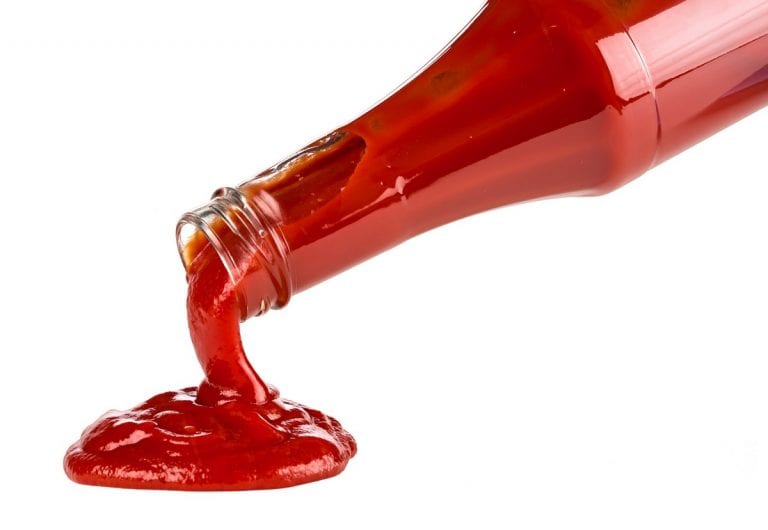It may not be news to many, but it happens not infrequently to find plastic bottles, dispensers and open bottles from who knows how long kept out of the refrigerator in fast food restaurants and clubs. The correct method of storing sauce, however, is another: once the package is opened, it should be stored in the refrigerator. Kraft Heinz's word.
Keep ketchup out of the refrigerator
And if an industrial sauces giant says so, it's to be believed. "Ketchup goes in the fridge!!!" is the tweet posted by the manufacturer a few days ago, which was followed by a survey on social. More than 62 percent of respondents said they keep the condiment in the refrigerator, while 26.8 percent continue to store it in the pantry even once opened. A debate that has been going on for some time in America. Already the HuffPost some time ago had tried to answer the question, specifying that the storage technique depends mainly on the use of the product: if ketchup is used frequently, then it can also be kept at room temperature, while if the sauce is used sporadically, it is better to store it in the cooler.
The history of ketchup
In short, simple but not always obvious advice. Especially when it comes to the world's most famous tomato sauce, used in many typical fast food preparations, ubiquitous in diners (the legendary American diners) and served with any dish in pubs. A condiment symbolic of the United States but actually originated in Asia and originally made without tomatoes. The name comes from the Chinese term ke-tsiap, referring to a pickled fish sauce. Making its way to Malaysia, the product was first called kechap, a name that later became ketjap in Indonesia. It was seventeenth-century English sailors who first discovered the delights of this Asian condiment, which they decided to bring to the West. It was at the turn of the century, precisely in 1690, that ketchup first began to be mentioned in newspapers, also calling it catsup or catchup. The sauce, meanwhile, undergoes various changes in the recipe as well, most notably with the addition of tomato in the 1700s, although early versions were much more liquid. Kicking off the tomato ketchup trade was the Pittsburgh-based F. & J. Heinz Company in 1876, the same company that today recommends storing it in the refrigerator.


 US tariffs: here are the Italian wines most at risk, from Pinot Grigio to Chianti Classico
US tariffs: here are the Italian wines most at risk, from Pinot Grigio to Chianti Classico "With U.S. tariffs, buffalo mozzarella will cost almost double. We're ruined." The outburst of an Italian chef in Miami
"With U.S. tariffs, buffalo mozzarella will cost almost double. We're ruined." The outburst of an Italian chef in Miami "With US tariffs, extremely high risk for Italian wine: strike deals with buyers immediately to absorb extra costs." UIV’s proposal
"With US tariffs, extremely high risk for Italian wine: strike deals with buyers immediately to absorb extra costs." UIV’s proposal Meloni: "Tariffs? If necessary, there will be consequences. Heavy impact on agri-food sector"
Meloni: "Tariffs? If necessary, there will be consequences. Heavy impact on agri-food sector" The Government honours the greats of Italian cuisine, from Bottura to Pepe. Massari: "Thank you, Meloni, the only one who listened to us"
The Government honours the greats of Italian cuisine, from Bottura to Pepe. Massari: "Thank you, Meloni, the only one who listened to us"






